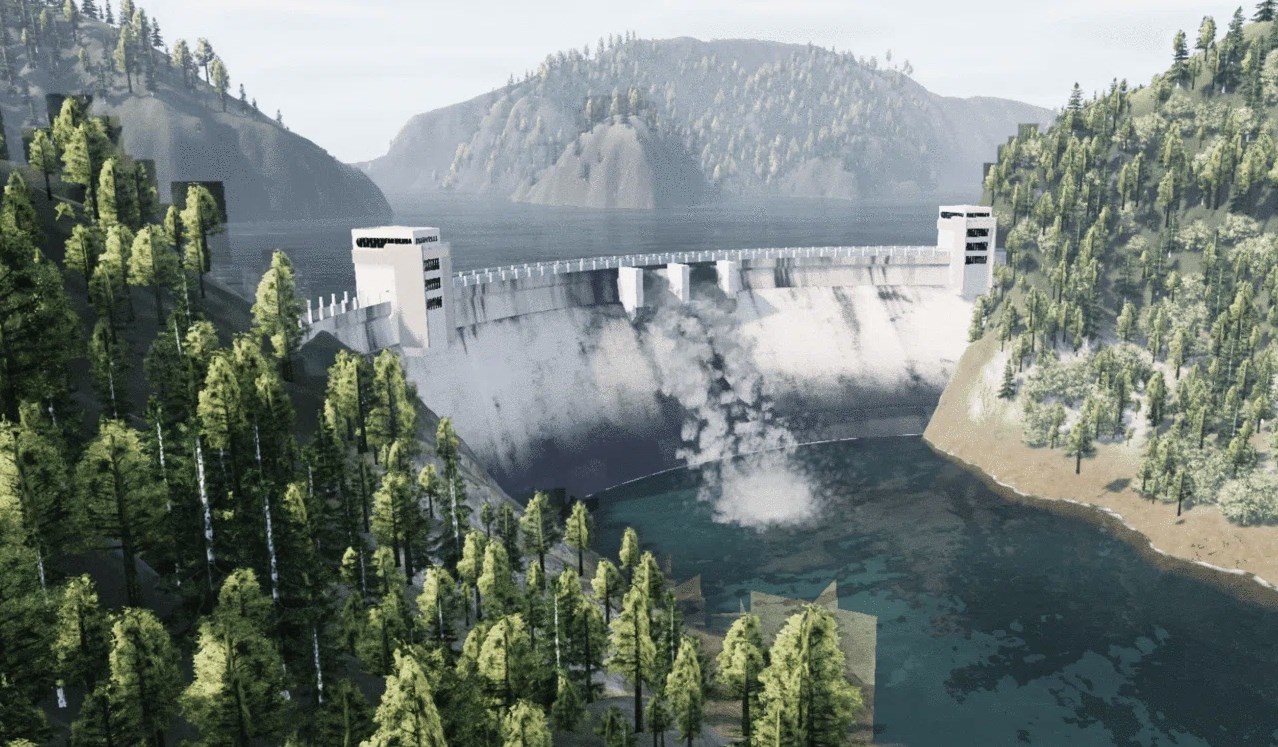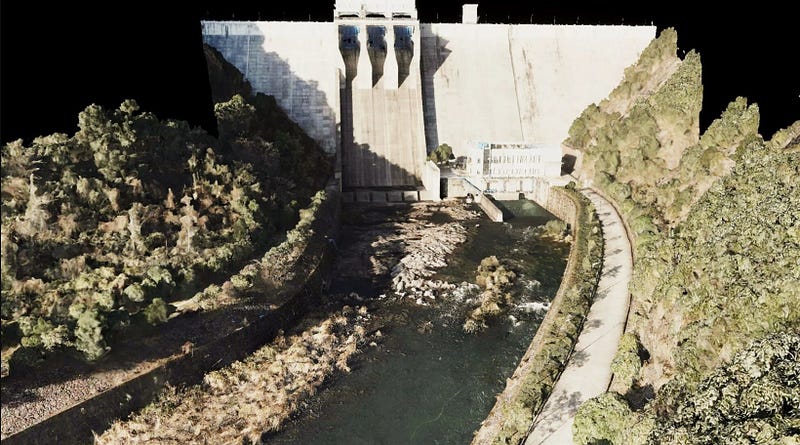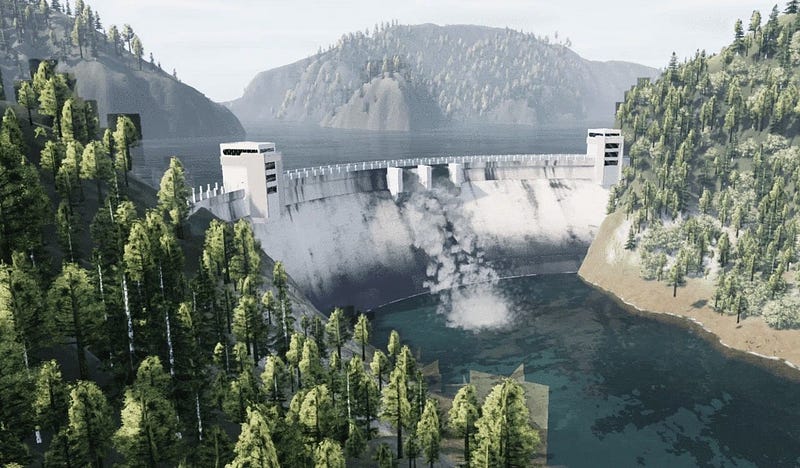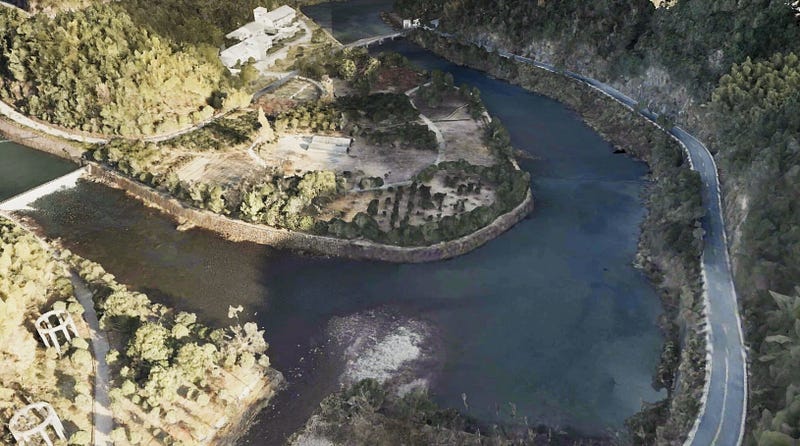Wings Engine and 3D GIS: The Future of Water Infrastructure Visualization
 Samuel M
Samuel M
In recent years, Geographic Information System (GIS) technology has become increasingly prevalent in the field of hydraulic engineering. Wings Engine, a high-performance graphics engine, offers a new solution for integrating GIS with hydraulic engineering, thanks to its powerful 3D rendering capabilities and flexible scalability.
1. Integration of GIS and Hydraulic Engineering
GIS technology enhances the planning, design, and management of hydraulic projects by systematically collecting, analyzing, and visualizing spatial data. Traditional hydraulic engineering often relies on 2D maps and data, which can struggle to fully represent the spatial relationships and dynamic changes in complex terrains and hydrological conditions. By integrating remote sensing data, topographic maps, meteorological data, and real-time hydrological monitoring, GIS provides more comprehensive data support for hydraulic projects.

2. 3D Rendering Capabilities of Wings Engine
Wings Engine is a highly optimized 3D GIS engine capable of efficiently processing large-scale spatial data in complex three-dimensional environments. Its core strengths include:
High-Performance Rendering: Wings Engine can render complex 3D scenes at smooth frame rates, accurately representing vast terrains and detailed hydraulic structures.
Real-Time Interaction: With Wings Engine, users can interact with 3D scenes in real-time, adjusting perspectives, zooming in and out, and measuring distances, making GIS data display and analysis more intuitive and efficient.
Multi-Source Data Integration: Wings Engine supports various data formats, seamlessly integrating remote sensing data, vector data, point cloud data, and more within the same 3D scene, offering richer visualization.

3. Application of 3D Scenes in Hydraulic Engineering
In hydraulic engineering, 3D scenes are gradually replacing traditional 2D diagrams. Engineers can use 3D scenes to visualize terrain variations, water flow dynamics, and the spatial layout of engineering structures, which is crucial for designing and managing complex hydraulic projects. For instance, in watershed management, 3D scenes can display key information such as topography, river networks, and vegetation coverage.

With Wings Engine, GIS data can be dynamically loaded and analyzed within a 3D environment, simulating water flow paths under different precipitation conditions to help engineers predict flood-prone areas and optimize drainage system designs. Moreover, 3D visualization plays a significant role in public communication and project outreach. Realistic 3D presentations make it easier for the public to understand the scale and impact of projects, fostering better support for implementation.
Conclusion
Wings Engine has revitalized the application of GIS technology in hydraulic engineering. By organically combining GIS with 3D scenes, engineers and managers can analyze and manage hydraulic projects with greater precision, enhancing overall efficiency and safety. As technology continues to advance, Wings Engine is poised to play a unique role in more fields, providing comprehensive support for smart water management in the future.
Subscribe to my newsletter
Read articles from Samuel M directly inside your inbox. Subscribe to the newsletter, and don't miss out.
Written by

Samuel M
Samuel M
Industrial designer, committed to sharing the most cutting-edge 3D creation tools and techniques to allow more people to experience the unlimited possibilities of creativity.